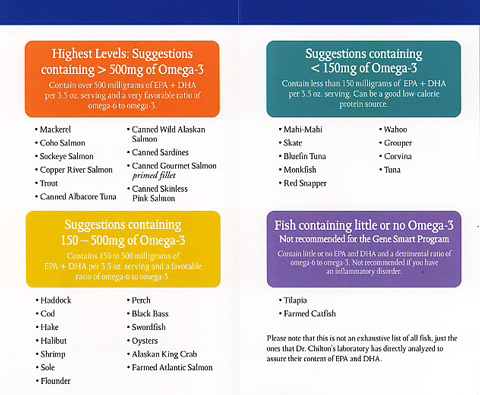The odds are that you haven’t yet fully empowered your search for good health. I know this about you because a couple of months ago HealthCentral surveyed 2,888 of its registered members who have one of eight chronic conditions, including diabetes, and who completed the study. And in this respect at least people with diabetes are just like the people with the other seven chronic conditions.
HealthCentral CEO Christopher M. Schroeder and James E. Burroughs, associate professor of commerce at the University of Virginia, presented their findings at the DTC National Conference in Washington, D.C. earlier this month and shared them with me. After asking the people in the survey all sorts of standard psychological assessments, they found that about 30 percent of us take an active role in our health care plan. If you are in this group, one of your characteristics is that you are energized and engaged when you need to learn new tasks or master new subjects — you are what the survey calls a person with a need for cognition. If you are an empowered health seeker, the other characteristic you have is self-confidence — you have, in the formal terminology of the survey, high self-efficacy.
You can click to view the study, “Understanding What Motivates the Empowered Patient,” here. Mr. Schroeder and Professor Burroughs prepared it in association with Ted Smith, Ph.D., HealthCentral’s executive vice president for research.
My posts here at HealthCentral and your many comments are just one small corner of this huge health resource. HealthCentral is a collection of condition and wellness websites providing clinical information, tools, and mobile applications. Its sites provide a platform for more than 3,000 bloggers, 200 expert patients, and more than 12 million monthly visitors sharing real-life experiences about specific conditions.


